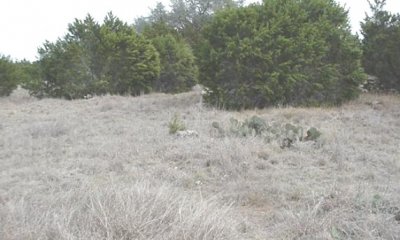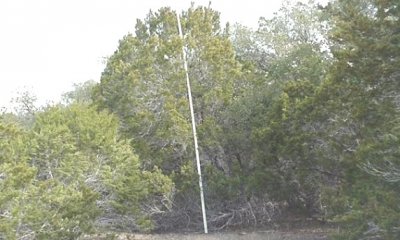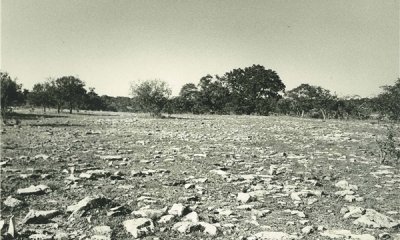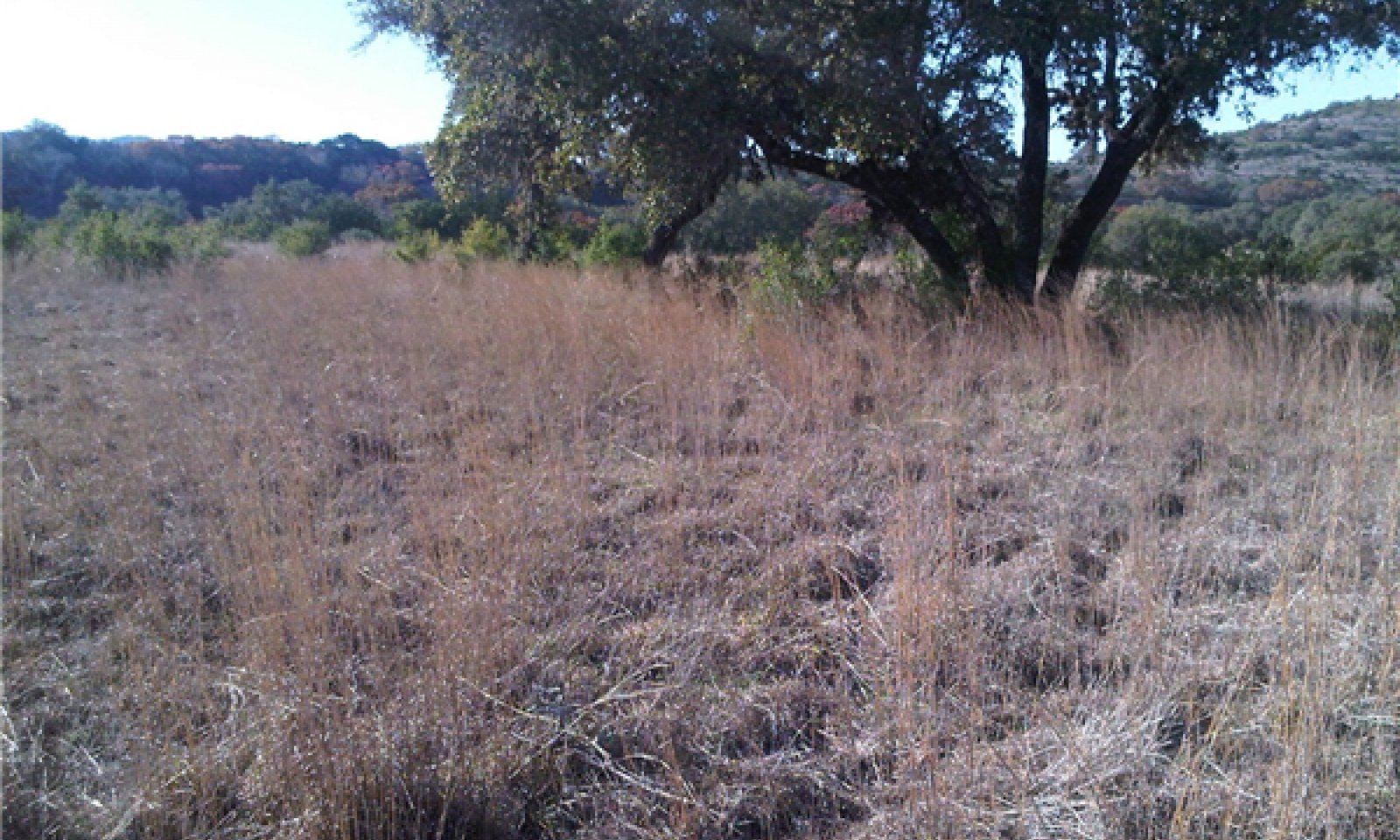
Shallow 29-35 PZ
Scenario model
Current ecosystem state
Select a state
Management practices/drivers
Select a transition or restoration pathway
-
Transition T1A
Absence of wildfire and other disturbance, coupled natural regeneration overtime
More details -
Transition T1B
Long-term excessive grazing pressure, likely coupled with drought and/or absence of wildfire
More details -
Restoration pathway R2A
Mechanical removal of woody canopy coupled with the reintroduction of wildfire
More details -
Transition T2A
Absence of wildfire, maybe coupled with excessive grazing pressure
More details -
Restoration pathway R3A
Mechanical removal of woody canopy
More details -
Transition T3A
Removal and mulching of juniper
More details -
Restoration pathway R4B
Grazing management coupled with reintroduction of wildfire
More details -
No transition or restoration pathway between the selected states has been described
Target ecosystem state
Select a state
State 1
Reference State




Description
The reference state is considered to be representative of the range of variation under pre-Euro settlement conditions. Community phase changes are primarily driven by wildfire, grazing and climatic fluctuations. The plant community is characterized by a tall and midgrass prairie with scattered live oak motts.
Submodel
Description
The encroached state is characterized by an increased cover and density of woody species. Herbaceous understory is reduced due to shading and competition from shrub and tree canopy. The plant community is characterized by tall and midgrasses with scattered live oak and increasing juniper.
Submodel
Description
This state is characterized by the dominance of Ashe juniper. Canopy cover may exceed 30 percent. Understory species are severely reduced due to shading, competition for soil moisture, and accumulation of juniper leaves/litter. Cool-season grasses and sedges dominate understory. Juniper 10-20 feet tall and 30+% woody canopy.
Submodel
Description
This state is characterized by the loss of warm-season tall grasses. Infiltration and nutrient cycling are spatially and temporarily truncated. Short grasses, annual forbs understory, overstory of oak 5-10% and Juniper 10-20 feet tall and >10% woody canopy.
Submodel
State 5
Mulched State
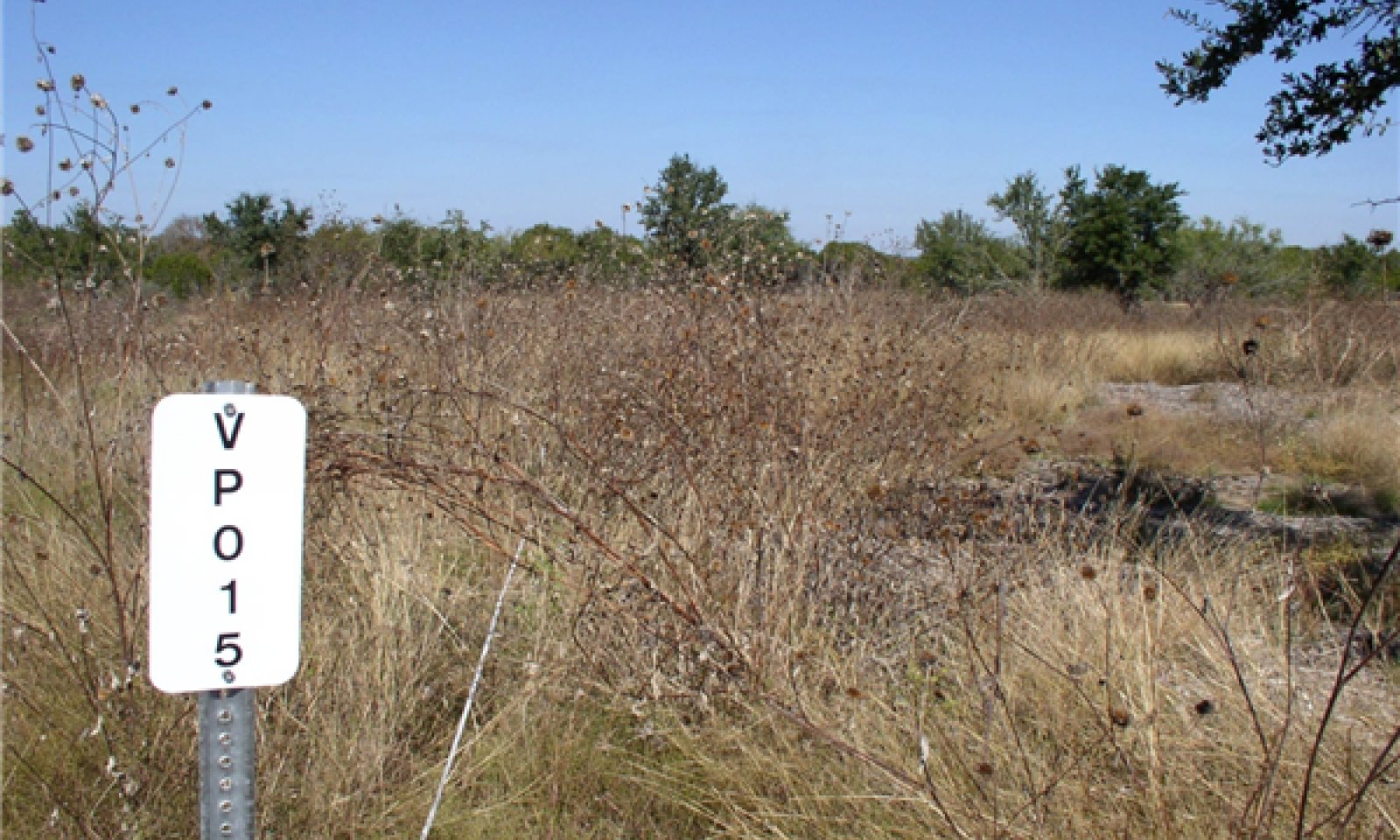



Description
Open savannah, 5-15% oak canopy, some grasses, heavy mulch.
Submodel
Mechanism
This transition reflects the crossing of a threshold into a different vegetative state. This transition is driven by a lack of fire, no brush management, and no prescribed grazing. Sunlight energy is increasingly being diverted to woody species such as juniper. The water cycle is also being altered as more and more rainfall is being trapped in the canopy of the woody species.
Mechanism
This transition is driven by a lack of fire and no prescribed grazing that would set up a burn. Excessive long term removal of leaf material from the desirable grasses, forbs, and shrubs results in sunlight energy only being diverted to taller woody species and annual plants. The water cycle is ineffective as there is little vegetation or ground cover to absorb rainfall into the soil to grow herbaceous grasses and forbs. Runoff increases and carries with it sediment.
Mechanism
The recovery to the Grassland State is driven by significant inputs of energy from equipment such as skid loaders, bulldozers, or other brush management equipment. The removal of unwanted species will restore sun energy more to the herbaceous plants and will remove the canopy that is entrapping rainfall.
Mechanism
This transition is driven by a lack of fire, no brush management, and no prescribed grazing that would set up a burn. No amount of grazing deferment will stop the advance of juniper once it gets to this size. Sunlight energy is increasingly being diverted to woody species such as juniper. The water cycle is also being altered as more and more rainfall is being trapped in the canopy of the woody species and not being absorbed into the soil to grow herbaceous grasses and forbs.
Mechanism
The recovery to the Prairie Shrubland or the Grassland State is driven by significant inputs of energy from equipment such as skid loaders, bulldozers, or other brush management equipment. The selective removal of unwanted species will restore sun energy more to the herbaceous plants and will remove the canopy that is entrapping rainfall. With time, favorable weather and prescribed grazing, prescribed burning will be once more an option.
Mechanism
Mechanical conversion of primarily juniper canopy to a mulch cover restores the energy flow to the remaining species, usually oak. The hydrologic cycle retains nearly all the rainfall because of the heavy mulch. Little evaporation takes place.
Mechanism
The recovery to the Prairie Shrubland is achieved by allowing herbaceous grasses to strengthen their root system and restore more solar energy to the herbaceous plants. This will replenish the canopy and ground cover of grass that can entrap rainfall. With time, favorable weather and prescribed grazing, prescribed burning will be once more an option. Erosion will be stabilized although the plant community may never fully recover if past erosion has been severe.
Model keys
Briefcase
Add ecological sites and Major Land Resource Areas to your briefcase by clicking on the briefcase (![]() ) icon wherever it occurs. Drag and drop items to reorder. Cookies are used to store briefcase items between browsing sessions. Because of this, the number of items that can be added to your briefcase is limited, and briefcase items added on one device and browser cannot be accessed from another device or browser. Users who do not wish to place cookies on their devices should not use the briefcase tool. Briefcase cookies serve no other purpose than described here and are deleted whenever browsing history is cleared.
) icon wherever it occurs. Drag and drop items to reorder. Cookies are used to store briefcase items between browsing sessions. Because of this, the number of items that can be added to your briefcase is limited, and briefcase items added on one device and browser cannot be accessed from another device or browser. Users who do not wish to place cookies on their devices should not use the briefcase tool. Briefcase cookies serve no other purpose than described here and are deleted whenever browsing history is cleared.
Ecological sites
Major Land Resource Areas
The Ecosystem Dynamics Interpretive Tool is an information system framework developed by the USDA-ARS Jornada Experimental Range, USDA Natural Resources Conservation Service, and New Mexico State University.

